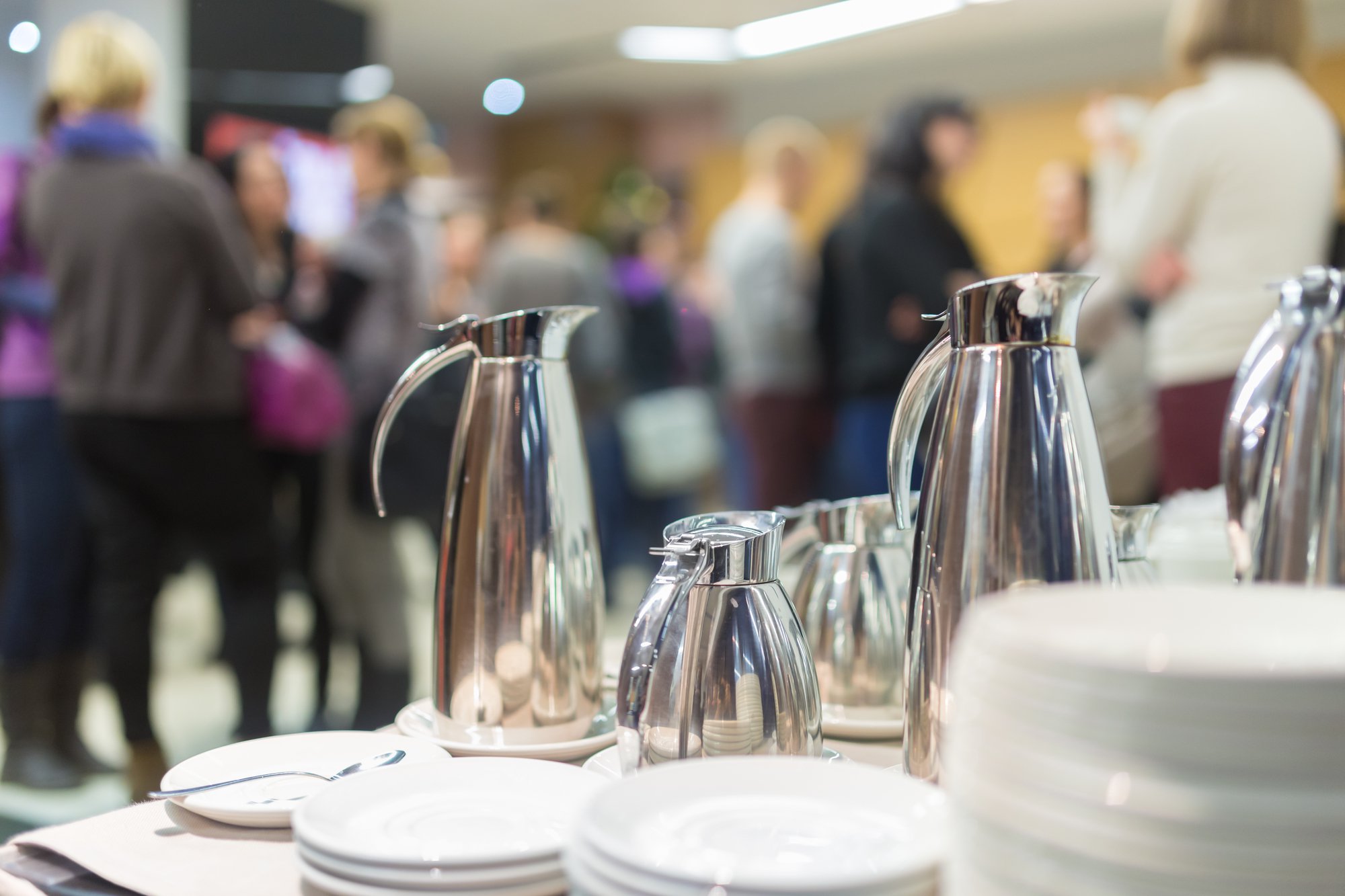
5 Simple Steps to up Your Photography Game at Events
When it comes to event photography, you want to ensure that you make a good impression on your clients.
Not only will this create opportunities to gain loyal clients, but it will also increase your reputation as an event photographer.
The higher the reputation, the more potential clients that you will have in the future.
So with all this in mind, here is our guide on how to successfully up your event photography game!
Step 1: Do your research
First and foremost, do your research! Yes it can take some time, however, the benefits that you will gain from this research makes it totally worth it.
The types of information that you want to be researching include things such as; Who’s attending, key event timings and key event locations.
This may be easy. Your client may provide you with all the details of the event, but if not, be sure to investigate so you’re not left in the dark.
Who’s attending:
It’s important to know the big names attending the event, and if they want to be photographed. Check with the client, and ensure that you have a full list of who needs to be featured.
Key event timings:
Ensuring that you know the main event timings is crucial for the next step on the list. This is because it will let you create a schedule based around these times.
You need to know who’s going to be where at what time. You may have to set up before hand.
If it’s your hotel and your photographer, then you can make sure that you get good photos of your hotel and grounds, as well as the event and its stars.
Key event locations:
Similarly to event timings, the even locations are equally as important for your schedule. Not only this, but it will also help you to get your bearings, maximising efficiency.
You may also be able to steer some of the locations to your preference, making sure you get key aspects of your hotel in the photos, too.
Step 2: Create a schedule
This step is arguably one of the most important and relies heavily on the research you did in the last step.
You essentially want to plan out your time at the event. This way you can effectively make the most out of it and be efficient with your planning.
This includes timings of how long you plan to spend in each section, the time you will allow yourself to set up in the next location, and maybe even prepare locations well before they’re needed.
It will also give you more time for taking photographs as you don’t have to worry about finding out where things are taking place.
Step 3: Be alert
Whilst it is important to try to stick to your schedule, there will inevitably some things that are out of your control.
That’s why it is important to stay alert whilst at the event, as you don’t want to miss these sporadic moments.
These types of moments can include general unexpected interactions, or perhaps small scenes that are created by random occurrences.
As always it’s best to focus on the main event attractions, however, if you find that there is an appropriate time to photograph said occurrences, then be sure to do so!
Step 4: Key moments and people
It may seem that it should go without saying, however, it is very important to ensure that you take lots of photos of the important moments and people at the event.
Sometimes you can get carried away with just one aspect of the event, or even one person, missing others and potentially upsetting the client when the final pictures appear.
This is why a proper schedule is essential.
Step 5: Keep it natural
If you’re a seasoned photographer, then you’ll not be tempted to over user PhotoShop or other tools that can help enhance, or some would say, ruin a photograph.
These tools have their place, but they shouldn’t be used to make a picture look false or overly-produced. If you’re just starting out, they can provide you with the help needed to crop a picture correctly or maybe remove something that you didn’t notice when taking the photo, but they shouldn’t be relied on.
